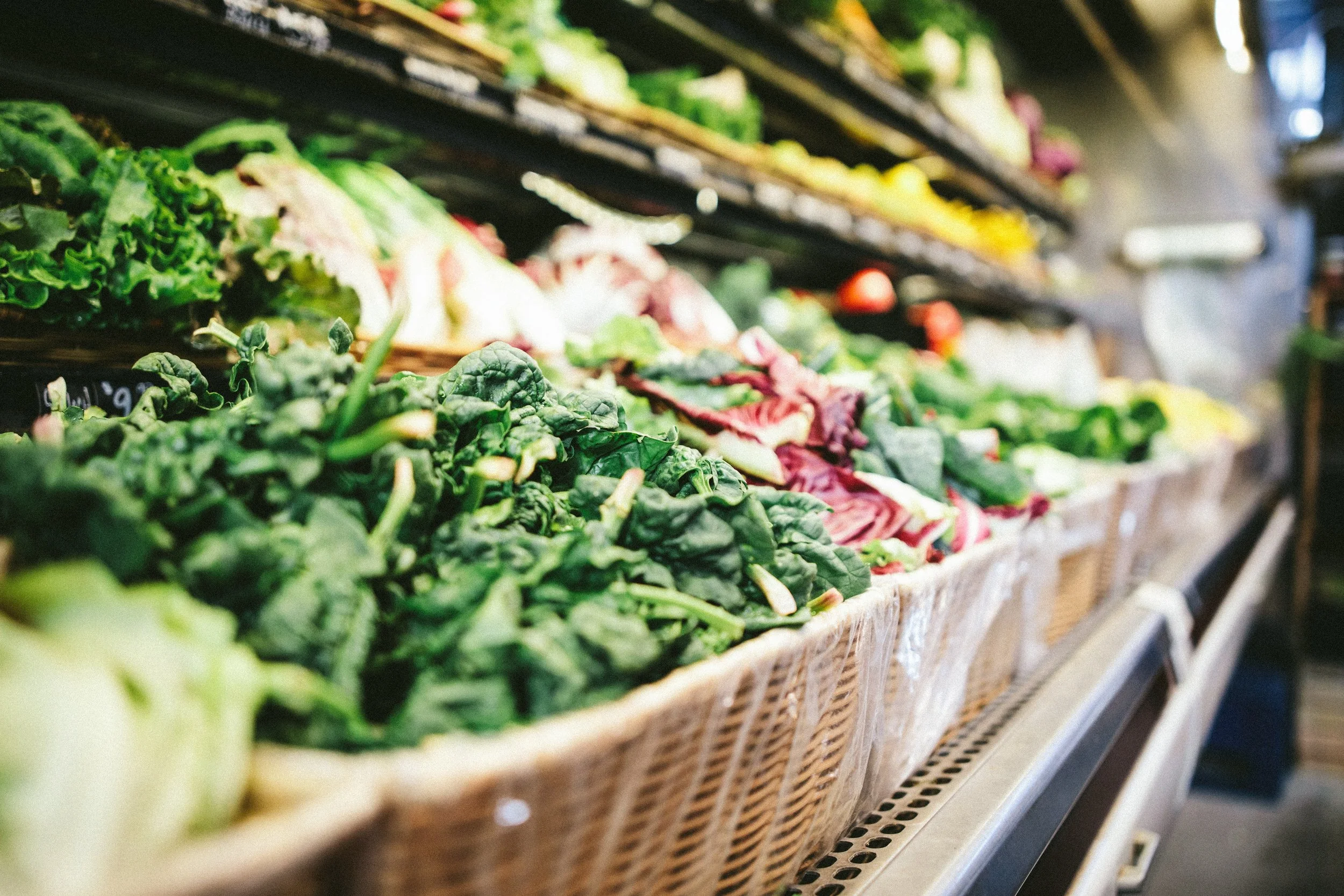Children Salon: Tips on How to Ensure a Healthy Diet for your Children
Forming healthy habits
When you look at data surrounding increased rates of childhood obesity (one third of children leaving primary school in the UK are now considered to be within an unhealthy weight range), development of chronic health conditions, such as type two Diabetes, and mental health challenges in children, it’s understandable that parents are increasingly conscious of providing the ‘right’ foods and balance for their kids.
Whilst diet is fundamental to establishing healthy eating habits and supporting the health of children, it’s important to recognise that there are other interacting factors too including behavioural, social and environmental considerations. To support your children to eat for long-term health and happiness, here are my five top tips.
1. Dietary variety
Offering a diverse and varied diet (which will be nutrient-rich) is a fantastic starting point to support long-term health for children. By offering a range of foods, across all food groups, your child will not only be supported with the right balance of nutrients like carbohydrates, fat and protein but also key vitamins, minerals, antioxidants and phytonutrients (substances largely found in plant-based foods which are beneficial to health).
Day-to-day dietary variety for children can look like:
- Building meals around offering a starchy carbohydrate food (bread, rice, pasta, potato, grains), protein-rich food (meat, fish, eggs, beans, lentils, pulses) and a portion of vegetables and/or fruit
- Including dairy options (or suitably fortified alternatives) two to three times per day
- Including a range of healthy fat sources such as olive oil, rapeseed oil, avocado, oily fish, nuts and seeds (ground or butter form for children under five years)
- Including age-appropriate amounts of fibre from different sources (cereals, grains, oats, legumes, beans, fruits, vegetables, nuts and seeds)
- Having freshly prepared or home-cooked meals wherever possible
- Exploring new foods or recipes with children regularly, taking them shopping and getting them involved with food preparation
- Offering a variety of fruits and vegetables. Aim for five portions per day – try to eat the rainbow by offering different colours of each, and remember that frozen, tinned and dried options count too.
Do you know what's in your fruit and vegetables? Read here to learn the nutritional benefits in our feature Over the Rainbow | What's in your 5-a-day?
2. Limit certain foods
There are a variety of foods that can be helpful to limit within a child’s day-to-day diet, including higher fat and/or sugar options, such as fried foods, sweets, chocolate, cakes, cookies, biscuits, crisps. This is not because these foods are inherently ‘bad’ - in fact, it’s important to keep away from these sorts of emotive terms around food and children - but because these foods are:
- Generally not nutrient-rich, or lack a diverse range of nutrients
- May displace or affect a child’s appetite for more balanced meals
- More easily lead to excess energy intake, which can impact the risk of unhealthy weight gain
- Typically contain high amounts of salt, sugar, trans- or saturated fats, all of which can have implications for your child’s health both in the short and long term
Aim to include these sorts of foods as ‘sometimes foods’ once or twice per week rather than giving them as ‘everyday’ foods. For children under two, it’s best to avoid offering these foods completely wherever possible or limit them to small tastes now and again.
As parents, it’s also easy to slip into offering these sorts of foods as a reward or place earning potential on them, e.g. ‘If you finish your main meal or X food, you can have...’. To support positive food relationships in the long term, it’s best to keep neutral about these foods, offer alongside a balanced meal and enjoy eating them together as a family. They are not to be used as a reward or bargaining tool.
3. Don’t forget the drinks
Keeping children well hydrated is fundamental for their well-being. Adequate hydration can help with concentration levels, appetite regulation and stool habits. Drinks can, however, also contribute to excess energy, sugar or fat intake in children. Healthy hydration in children looks like:
- Offering regular opportunities for drinks during the day, including at mealtimes, snack times, during active play or sport and during the school day
- Offering unsweetened drinks – ideally water or no added sugar options
- Limiting fruit juice and smoothies (which do count towards fruit and vegetable intake, but only once) to 150mls per day, and offer alongside a meal
- Avoiding sugar-sweetened fizzy drinks, flavoured water and milkshakes
- Keeping away from energy drinks
- If offering milk to drink (for over 1s) – make sure this is in age-appropriate amounts and generally does not exceed 300-400mls per day
4. Portions
Getting the right portion size is one of the most common questions I am asked about! Interestingly, data shows us that up to 70% or more of parents overestimate how much food children may need to be offered at mealtimes. Whilst exactly how much to offer for each child will depend on their age, size and gender, ways to support healthy portions include:
- Use age-appropriate plates – avoid serving onto adult plates until you reach around the teenage years and use child-sized crockery instead
- Follow your child’s lead – children’s appetite and growth need change. Due to this, portions of foods eaten may change day-to-day. Avoid any expectation for ‘clear plates’ or ‘one more bite’ if your child is showing you or has said they are finished
- Avoid distractions at mealtimes, e.g. screens, which can divert a child from paying attention to their internal hunger and fullness cues. We want them to be in tune with these and listen to their body. Data shows it is easier to override fullness signals when distracted (think about how easy it is to eat popcorn at the cinema!)
- Remember packaged foods marketed ‘for kids’ may not be the perfect portions – think about whether you need to offer all, half or a third of a pre-prepared portion for your child’s age.
5. The extras that are important too
As mentioned above, developing healthy food habits for children involves many factors. Some extras that it can be helpful for all parents to be aware of are:
- Eating together is recognised time and time again as a fantastic way to support positive eating habits. Children who regularly eat as a family have been found to be more likely to fall within a healthy weight range, and there are numerous social and emotional benefits. But…
- Remember that you are your child’s role model – they are more likely to want to eat the same food as you so be aware of your own food choices and how these may impact them too. Lead by example
- Be aware of how you talk about and interact with foods – little ears pick up on a lot of the ‘noise’ around nutrition. Try to avoid emotion and judgement around foods, e.g., good vs bad or elements of diet culture or habits that they may pick up on around food
- Don’t forget activity – reduced screen time, active play and regular opportunity for movement and activity is so important for children of all ages
This article was first published on Children Salon, see the original here: https://www.childrensalon.com/lifestyle/tips-for-a-healthy-kids-diet






